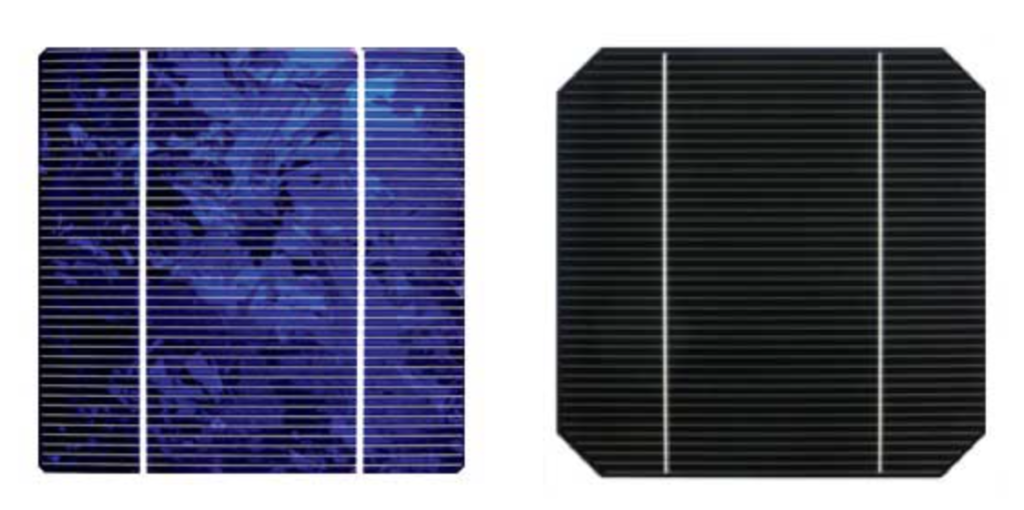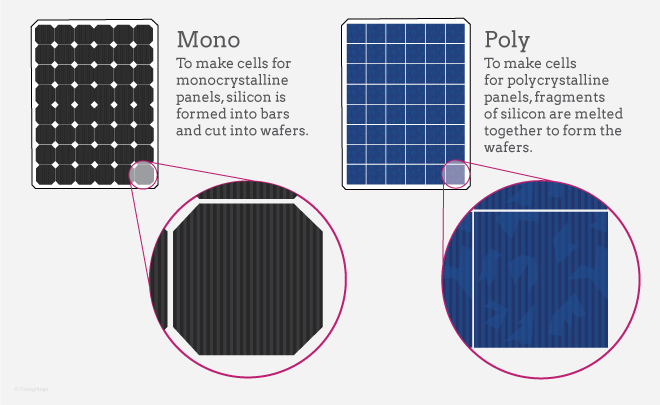Exploring The Contrasts Between Polycrystalline And Monocrystalline Solar Panels
Home – Info Center – Blogs –

By Michael Zhang || Updated on 10th April 2024
Michael Zhang is a seasoned professional with 15 years of experience in the solar lights industry. Throughout his career, he has been actively involved in product design and developing, gaining valuable expertise and insight into the industry. Known for his dedication and professionalism, Michael has contributed significantly to the growth and success of various solar lights projects. His extensive knowledge and hands-on experience make him a trusted authority in the field, and he continues to innovate and excel in his role.
The popularity of solar panels will continue to rise as solar technology becomes more sophisticated and costs continue to fall. According to the International Energy Agency (IEA) forecast, by 2050, solar panels will jump to one of the main sources of global power supply, occupying more than 30% of the total installed capacity.
Table of Contents
The Concept Of Sodium And Lithium Batteries
In the field of energy storage, both sodium batteries and lithium batteries play an important role. With the continuous progress of science and technology, these two types of battery technology is also constantly developing, which brings a lot of convenience to our lives. However, what are the differences and similarities between them? Let’s take a look.
Explanation Of Two Solar Panel Batteries?

How Are Solar Panels Made?
What Are The Advantages Of The Two Types Of Solar Panels?
What Are The Disadvantages Of Both Types Of Solar Panels?
Difference Applications Between The Two Types Of Solar Panels?
How Can Tell The Difference Between Two Types Of Solar Panels?
From The Appearance
From The Point Of View Of Using Experience
From The Manufacturing Process
Conclusion

FAQs
Related Blogs
Share Via:
Get in Touch with Us Now!
Got questions or feedback? We’d love to hear from you! Just fill out the form below, and our friendly team will respond ASAP.
